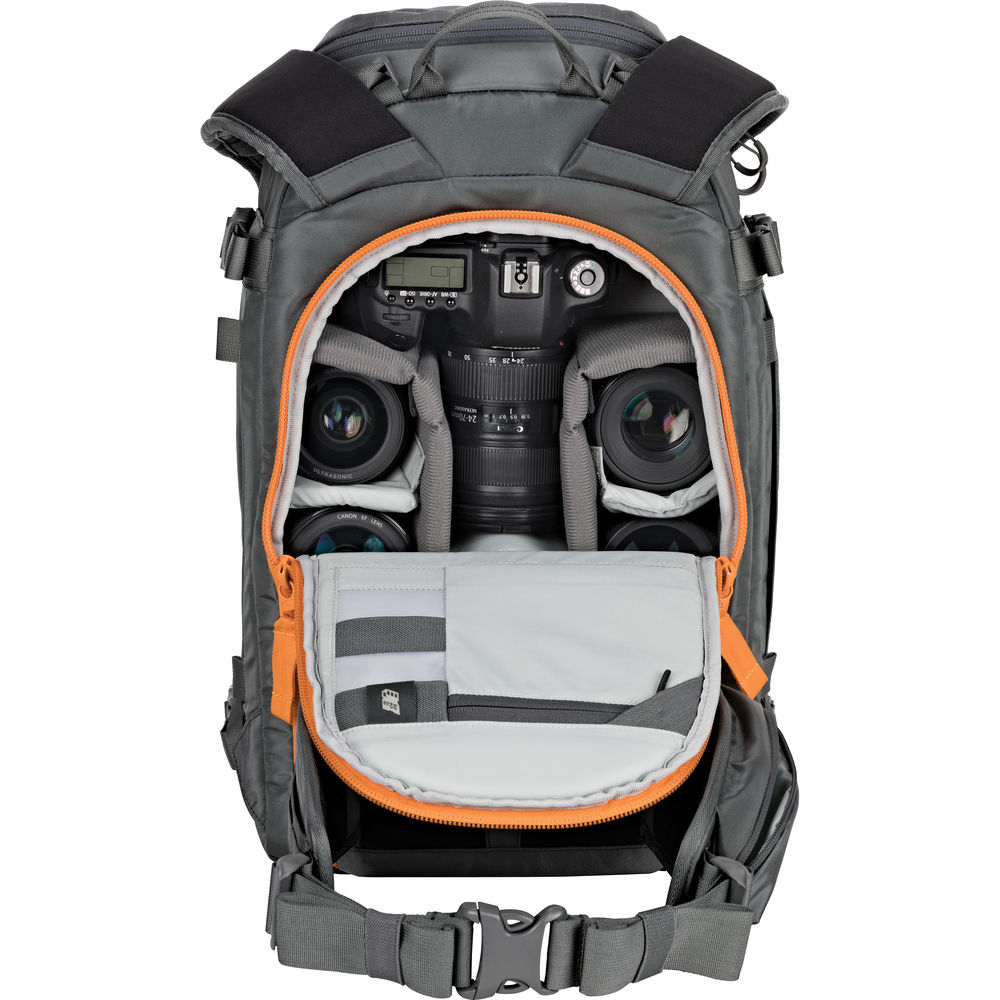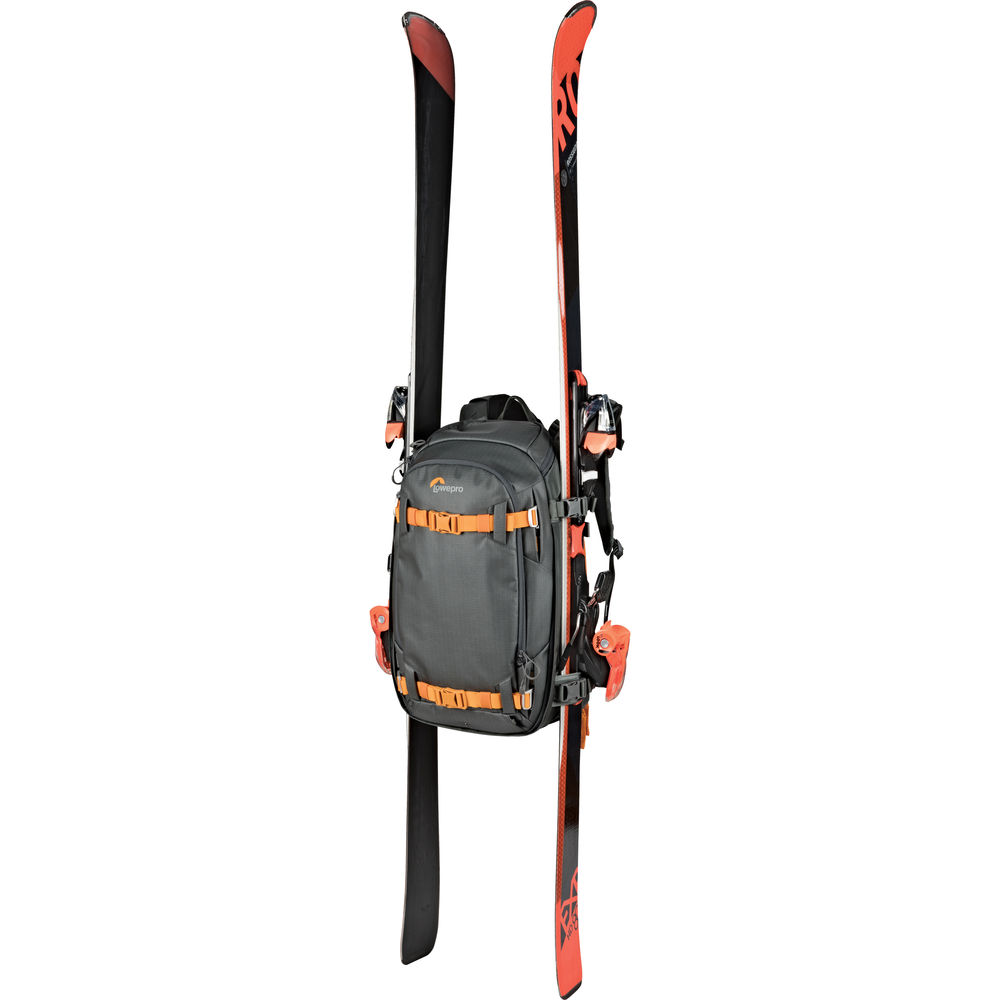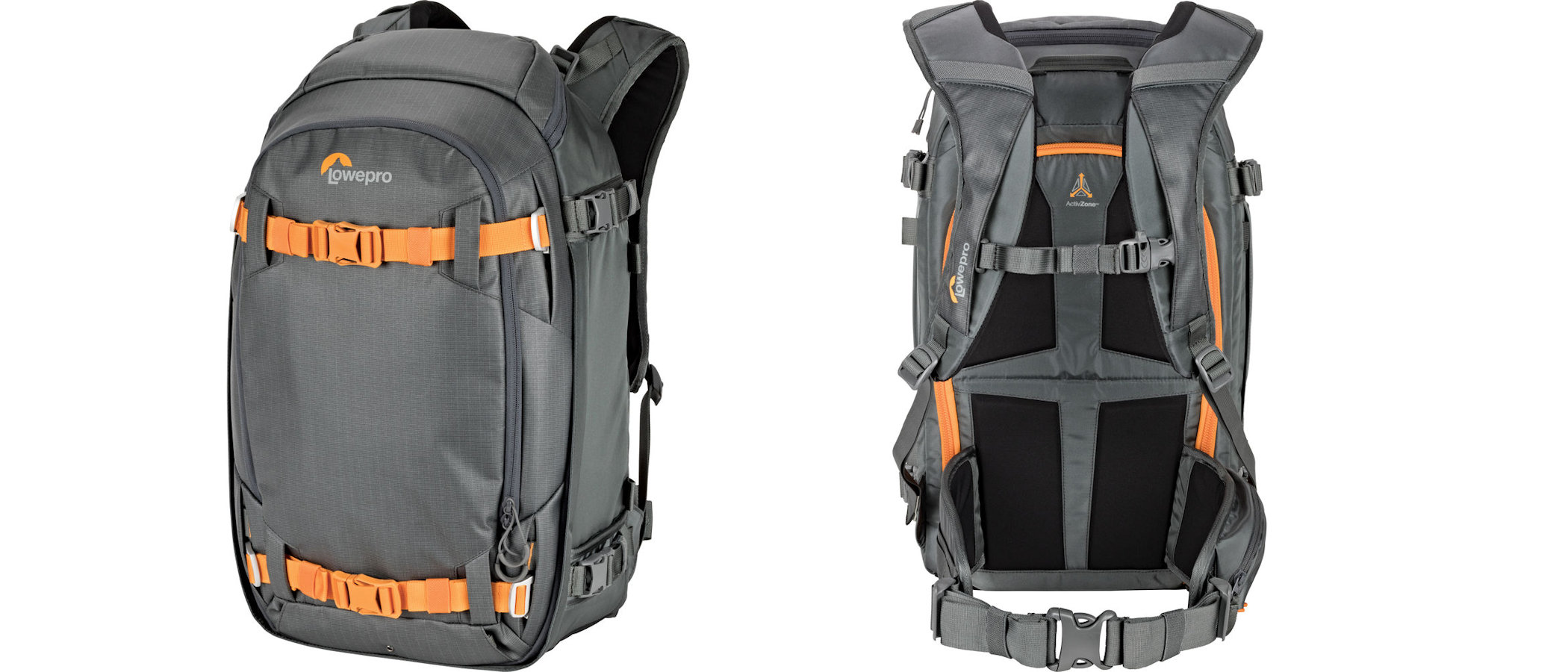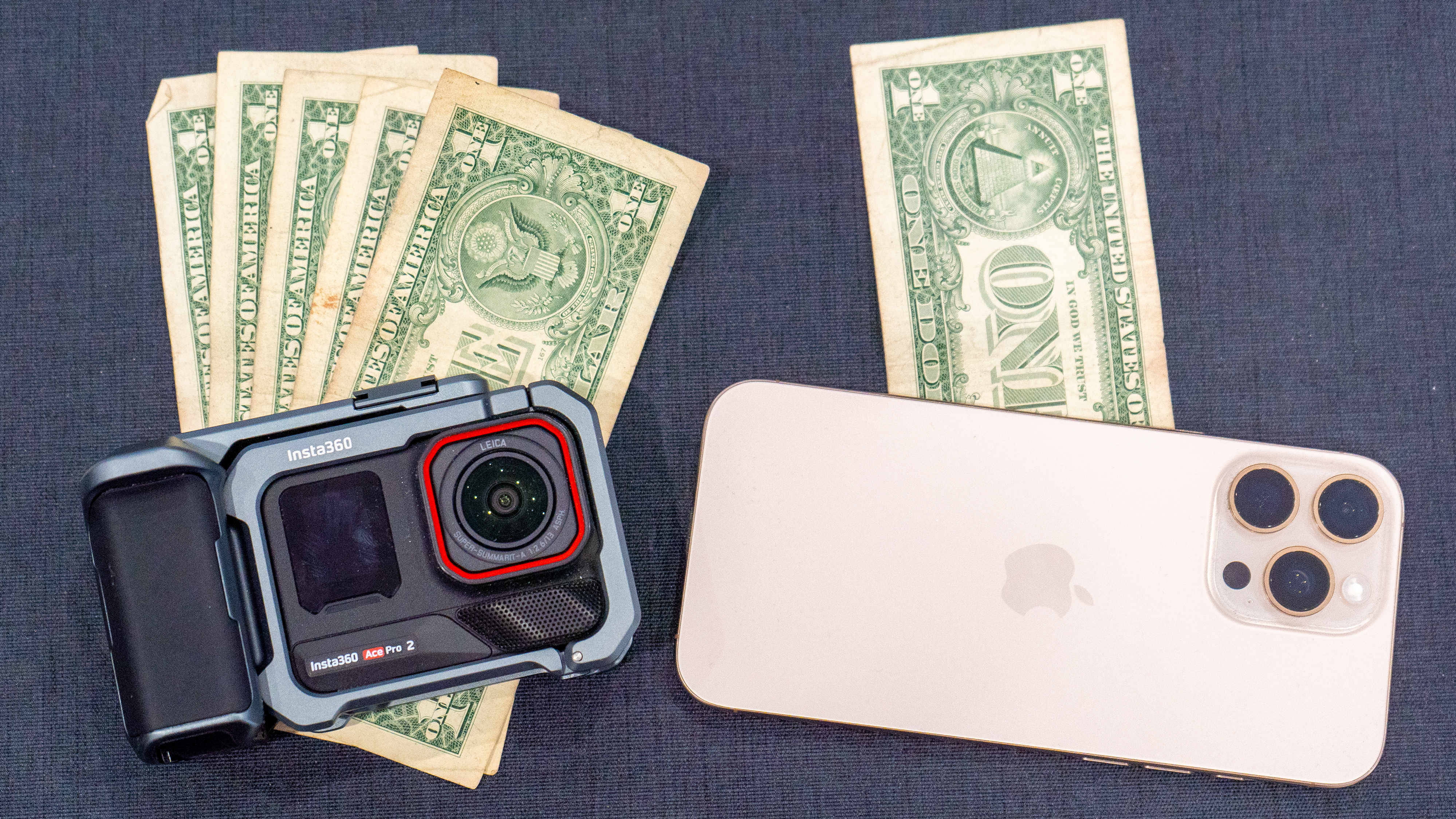Digital Camera World Verdict
Designed for the adventurous, this is an ideal backpack for everything from summer trekking to winter sports photography. It’s particularly tough and gives lots of options for attaching extra kit to the exterior. Indeed, with winter in mind, it’s designed so you can attach a pair of skis to the outside and pack in a snow shovel. It’s as tough as old boots but rather better looking, and rather pricey.
Pros
- +
Super-tough and sturdy
- +
Waterproof inner divider to photo section
- +
Secure rear flap to photo compartment
Cons
- -
Quite heavy for its size
- -
Chunky waist strap isn’t removable
- -
Pricey to buy
Why you can trust Digital Camera World
The Lowepro Whistler Backpack 350 AW II is designed as a split photo/daypack but the camera section is sufficiently large to hold a chunky DSLR with a 70-200mm f/2.8 lens attached, along with up to eight other lenses and a flashgun. Particularly well suited to winter adventures, it’s designed so that you can easily attach skis or a snowboard, a trekking pole and other mountain gear. A larger 450 AW II edition is also available.
Specifications
External dimensions (WxDxH): 29 x 24 x 53 cm
Main camera compartment (WxDxH): 26 x 15 x 39 cm
Sizes options in range: 350, 450
Backpack type: Split photo/daypack
Camera access: Front
Laptop compartment: 13-inch
Tripod fastener: Yes
Chest / Waist strap: Yes / Yes (removable)
Baggage trolley strap: Yes
Rain-proof cover: Included
Weight: 2.65kg
Key features
This backpack is deeper and taller than its Lowepro ProTactic BP 350 AW II sibling, which is a full photo backpack. Despite the Whistler being a split photo/daypack, the main camera compartment is only a centimeter shorter but is actually 2.5cm deeper at 15cm. And if that’s still not deep enough, you can expand it a little by undoing a riser zip, similar to that featured in many suitcases. As is often the case, you can also remove the partition between photo and daypack, if you want to stow a camera with a really long lens attached.

Built for the great outdoors in all weathers, the Whistler has sturdy exterior attachment points for skis or a snowboard, which can also be used to tether the bag to a luggage trolley. A large additional compartment at the front gives plenty of space for more winter extras, like a snow shovel, or for other essentials for different season of the year.

Thanks to a waterproof divider, you can stash wet kit in the front section without worrying about leakage through to the camera compartment. The usual set of Velcro dividers enable you to tailor the main camera compartment to take wide-ranging photo and video gear or a drone outfit instead.
Performance
Access to the main camera compartment is via a full length zip that runs around the back. This has the advantages of greater security and being able to lay the bag down on its front on wet ground to grab your camera kit, rather than on the rear surface that sits against your back. Without the photo/daypack divider in place, you can also access your camera through the top zipper.
Verdict
Designed for the adventurous, this is an ideal backpack for everything from summer trekking to winter sports photography. It’s particularly tough and gives lots of options for attaching extra kit to the exterior. Indeed, with winter in mind, it’s designed so you can attach a pair of skis to the outside and pack in a snow shovel. It’s as tough as old boots but rather better looking, and rather pricey.
Read more:
• Best messenger/shoulder bags
• Best camera backpacks
• Best camera sling bags
• Best camera holsters/pouches
• Best roller bags
• Best hard cases for camera kit
Matthew Richards is a photographer and journalist who has spent years using and reviewing all manner of photo gear. He is Digital Camera World's principal lens reviewer – and has tested more primes and zooms than most people have had hot dinners!
His expertise with equipment doesn’t end there, though. He is also an encyclopedia when it comes to all manner of cameras, camera holsters and bags, flashguns, tripods and heads, printers, papers and inks, and just about anything imaging-related.
In an earlier life he was a broadcast engineer at the BBC, as well as a former editor of PC Guide.



